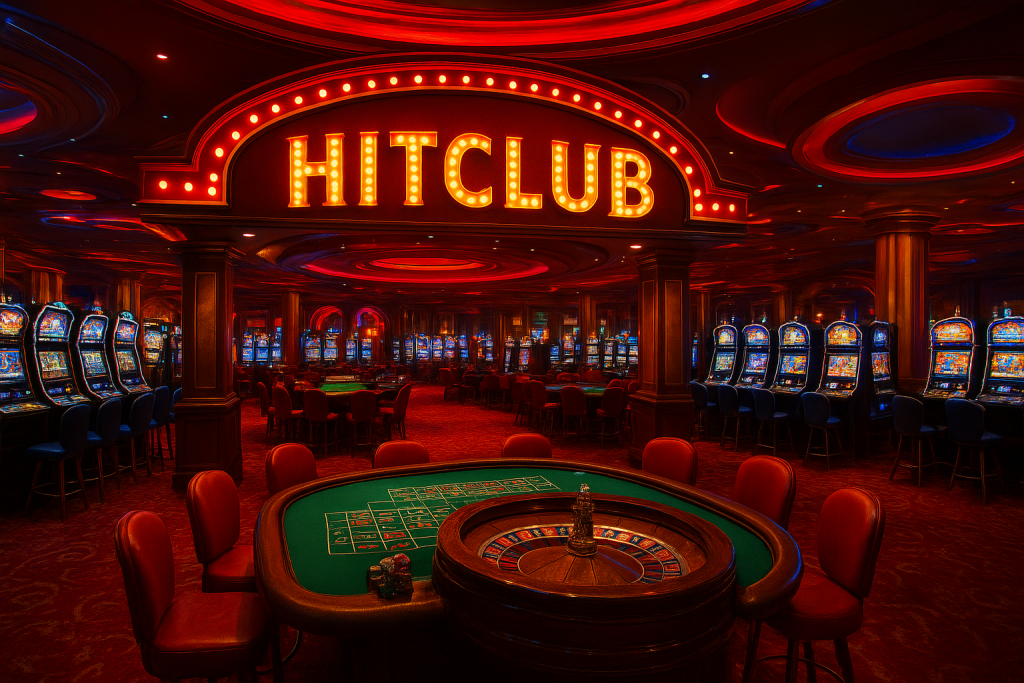
Online casinos have transformed the gambling industry, and one of the most exciting innovations in recent years is the rise of live dealer games. These games combine the convenience of digital platforms with the authenticity of traditional casinos, giving players the best of both worlds. The evolution of live dealer casinos is a fascinating journey that reflects how technology and player expectations have shaped modern gaming.
Early Online Gambling Limitations
When online casinos first appeared in the mid-1990s, they offered digital versions of popular games such as blackjack, roulette, and slots. While these games provided accessibility and variety, many players missed the human element. Clicking buttons on a computer screen lacked the atmosphere, energy, and trust that real casinos provided.
The Birth of Live Dealer Games
To address this, software developers introduced live dealer casinos in the mid-2000s. Using video streaming technology, these platforms allowed players to interact with real human dealers in real time. This innovation was groundbreaking—it created trust by showing actual cards being dealt and roulette wheels being spun, eliminating doubts about fairness.
Key Features of Live Dealer Casinos
- Real-Time Streaming – High-definition cameras stream live action directly from casino studios or real venues.
- Interactive Chat – Players can chat with dealers and, in many cases, with other players, enhancing the social aspect.
- Variety of Games – From blackjack and roulette to baccarat and game-show-style formats, live dealer games offer something for everyone.
- Multi-Device Access – Players can now enjoy live dealer experiences on desktops, tablets, and smartphones.
The Technological Leap
The success of live dealer casinos is tied closely to advances in technology:
- High-Speed Internet enabled smooth, uninterrupted streaming.
- Improved Cameras provided multiple angles, capturing every detail of the game.
- Optical Character Recognition (OCR) technology allowed cards and wheel results to be read instantly, ensuring fairness and accuracy.
- Mobile Gaming expanded access, letting players enjoy live dealers anywhere, anytime.
The Rise of Game Show Formats
In addition to traditional games, live dealer casinos now feature interactive game shows such as Dream Catcher, Crazy Time, and Monopoly Live. These formats combine gambling with entertainment, appealing to a broader audience.
Player Trust and Transparency
Trust is a cornerstone of live dealer gaming. Seeing real people handle cards or spin wheels reassures players that results aren’t generated by algorithms alone. The interaction with professional, friendly dealers further enhances this confidence.
Future of Live Dealer Casinos
The future looks even brighter for live dealer platforms. Here’s what to expect:
- Virtual Reality (VR): Immersive casinos where players can “walk” through digital venues and interact with others.
- Augmented Reality (AR): Enhanced visuals and overlays that bring new layers of excitement.
- Artificial Intelligence (AI): Smarter matchmaking, personalized dealer interactions, and real-time support for players.
- Localized Studios: More casinos will tailor live dealer games to specific regions, offering language and cultural familiarity.
Final Thoughts
Live dealer casinos bridge the gap between digital convenience and real-world authenticity. They bring people closer to the traditional casino experience without leaving home, and their popularity shows no signs of slowing down.
For a trusted platform offering live dealer games and modern casino entertainment, hit club provides an immersive and reliable experience tailored to today’s players.
Conclusion
The evolution of live dealer casinos highlights how technology continues to reshape the gambling industry. By combining authenticity, interaction, and innovation, these games deliver an experience that rivals—and in many ways surpasses—the excitement of land-based casinos.